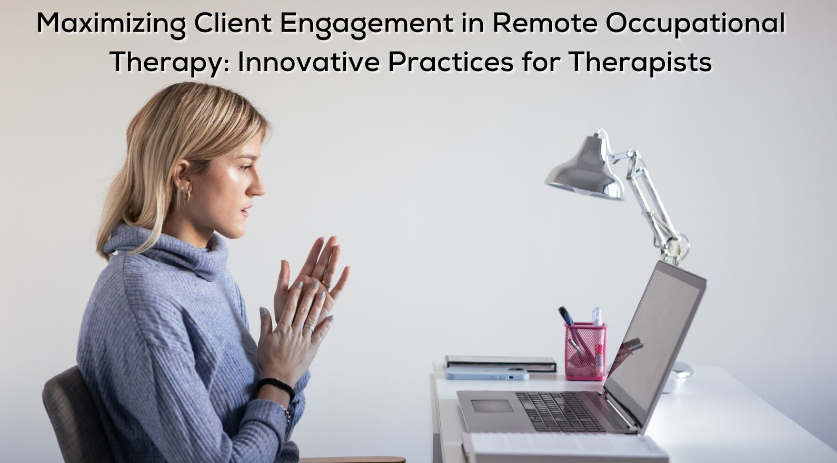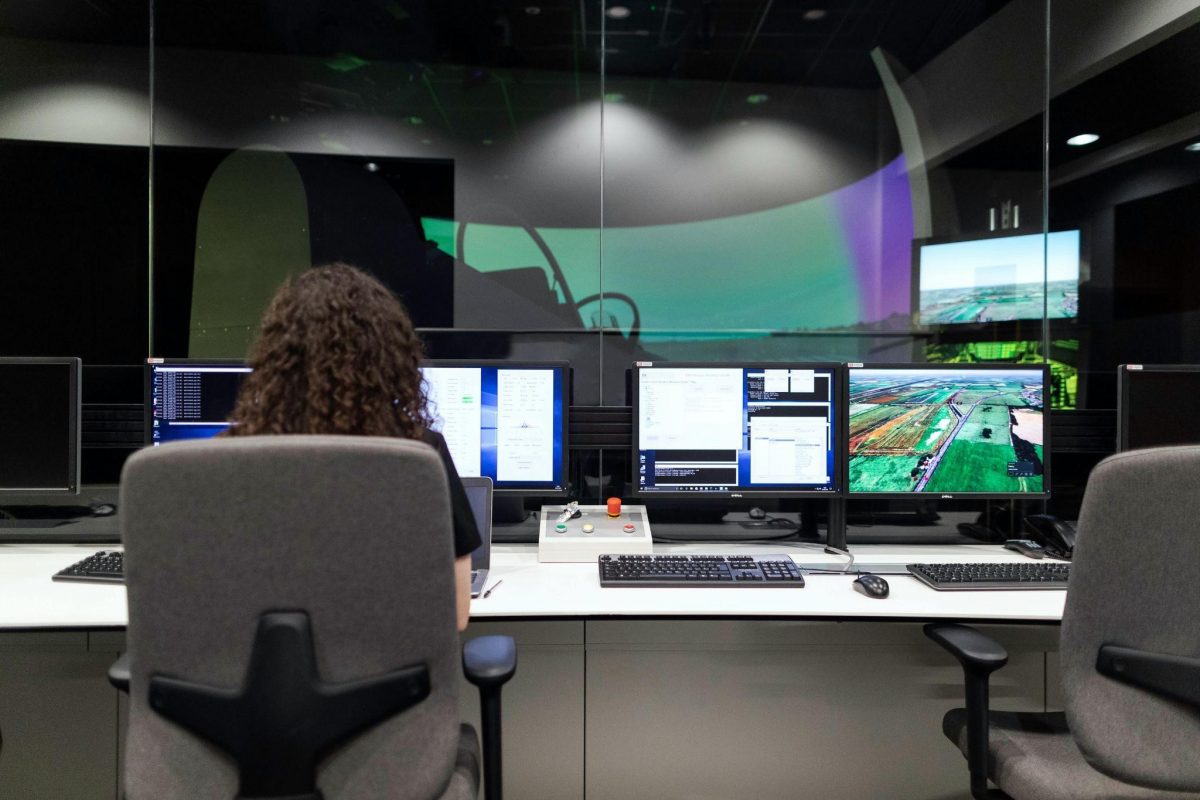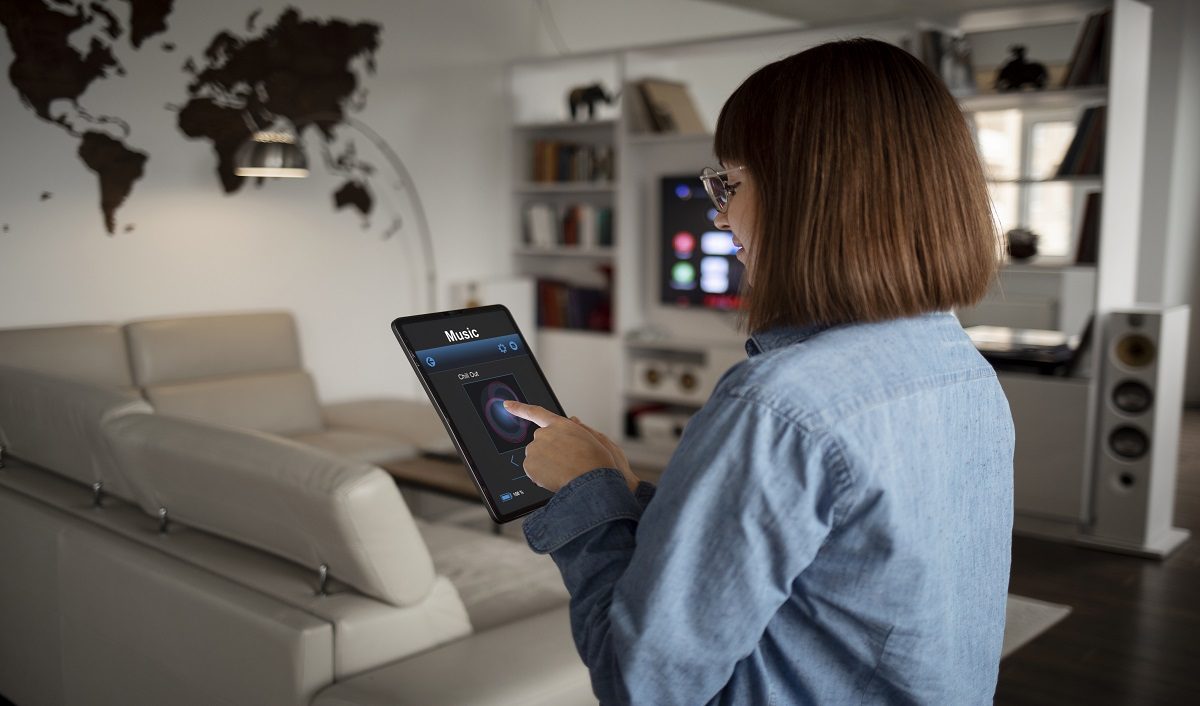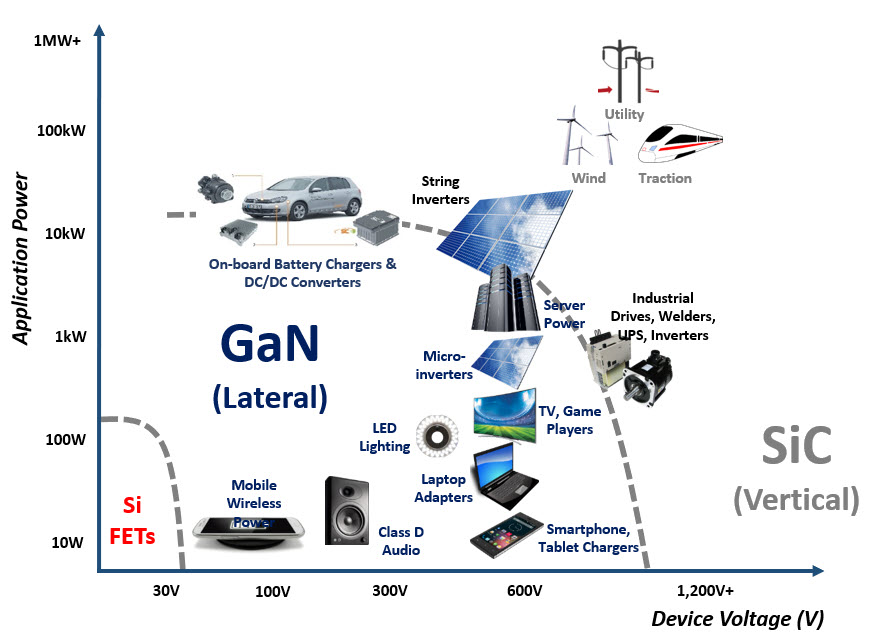In the realm of healthcare, the rapid shift towards telehealth has transformed how services are delivered, with occupational therapy (OT) being no exception. The COVID-19 pandemic served as a catalyst for this change, pushing occupational therapists to explore virtual platforms for continuing care. However, as we navigate this new norm, the challenge of maintaining client engagement through a screen has become more apparent.
This article explores innovative practices aimed at maximizing client engagement in remote occupational therapy, ensuring therapists are equipped to provide high-quality care in a digital landscape.
Understanding Remote Engagement Challenges
Transitioning occupational therapy services online poses unique engagement obstacles that therapists must proactively address.
- Technical Glitches and Communication Barriers:
The virtual environment introduces potential for technical issues and communication barriers, making it imperative for therapists to find ways to mitigate these challenges.
- Distractions and Interruptions:
Clients participating from home may face numerous distractions from family members, pets, phone notifications, etc. Identifying strategies to maintain focus is crucial for effective therapy.
- Building Rapport:
Establishing a meaningful therapeutic relationship remotely requires creativity and persistence from the therapist. Rapport building can be more difficult without in-person interactions.
Recognizing these challenges is the initial step in overcoming them. Therapists can enhance the virtual therapy experience for their clients by adopting proactive engagement tactics. Utilizing an occupational therapy EMR designed specifically for telehealth can offer built-in engagement tools such as secure messaging, progress tracking, and teleconferencing.
Empowerment through Client-Driven Goals
Collaborative Goal Setting: Engage clients in setting their therapy goals, making the objectives more personal and motivating. Clients will feel more invested in achieving the goals they helped establish.
Visual Progress Tracking: Use digital tools to help clients visualize their progress through charts, graphs, badges, etc. This reinforces the value of their efforts and achievements.
This approach not only boosts motivation but also fosters a sense of ownership over the therapy process, leading to more engaged and active participation. When clients feel empowered, they are more likely to take initiative in their therapy journey.
Gamification and Virtual Reality (VR)
Incorporate gamification and VR to simulate real-life scenarios and make sessions more engaging. This can transform mundane exercises into exciting challenges. VR provides an immersive experience that can significantly improve the application of skills learned during therapy to daily activities.
These technologies offer a dynamic element to therapy, making it not only more engaging but also potentially more effective in achieving therapeutic goals.
Community and Peer Support Integration
Create platforms for clients to connect, share experiences, and support each other, which can enhance motivation and engagement. Encourage clients to learn from each other’s successes and challenges, fostering a collaborative environment even in a remote setting.
This sense of community can be particularly empowering, providing clients with a network of support that complements their therapy sessions.
Enhanced Communication Techniques
Virtual therapy introduces new communication challenges for occupational therapists. Without in-person visual and nonverbal cues, making meaningful connections with clients can be difficult. Therapists should invest time and resources into enhancing their communication abilities for telehealth sessions.
Training in Nonverbal Communication
Seek training on replicating visual cues through a screen. For example, practicing intentional gestures, facial expressions, and eye contact through the camera. Match nonverbal mannerisms to the emotions being conveyed.
Vocal Communication Skills
Voice modulation, inflection, pacing, and tone play a bigger role in virtual communication. Invest in training on using vocal elements effectively to better connect with clients remotely.
Active Listening and Empathy
Actively listening and responding with empathy is vital for building rapport and trust in telehealth. Specialize in verbal and nonverbal active listening cues that demonstrate understanding and compassion.
Augmented Reality (AR) Solutions
Explore AR technologies that enhance nonverbal expressions like eye contact, facial cues, body language, etc. in real-time through avatars or digital overlays during video calls.
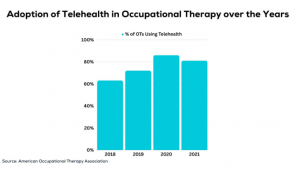
Technical Innovation and Support
Proactive Technical Support: Offer guidance and support to help clients navigate technical challenges, ensuring a smooth therapy experience.
Accessibility Solutions: Work with tech companies to provide clients with access to necessary technology, reducing barriers to participation.
By addressing technical and accessibility issues proactively, therapists can prevent disruptions and ensure that sessions are focused on therapy, not on troubleshooting tech problems.
Case Studies and Real-World Examples
Incorporate stories of successful remote OT practices, highlighting innovative strategies and technologies that have made a significant impact on client engagement and outcomes.
Showcase examples from around the world, offering a diverse perspective on how remote occupational therapy can be effectively implemented.
These real-world insights can inspire therapists to adopt new practices and explore the potential of technology in enhancing remote OT sessions.
The Power of Community
Virtual Support Groups: Create platforms for clients to connect, share experiences, and support each other. This peer community can enhance motivation and engagement in therapy.
Shared Success Stories: Highlight client success stories and foster discussions on how peers have overcome obstacles. This promotes hope and problem-solving skills.
Message Boards: Build online forums where clients can post questions and comments to learn from each other between sessions. Therapists can also participate to guide conversations.
This sense of community can be particularly empowering, providing clients with a network of support that complements their therapy sessions. Connecting with others on shared journeys enhances commitment.
Frequently Asked Questions
1. How can I ensure privacy during virtual sessions?
Use HIPAA-compliant platforms and educate clients on creating private, distraction-free spaces for their sessions. Avoid consumer tools like Skype or FaceTime that may have privacy risks. Also, educate clients on the importance of creating private, distraction-free spaces for sessions, like a home office with a door.
2. What if tech issues disrupt a session?
Have contingency plans in place, such as a phone hotline, and test software/hardware ahead of time. Provide clients with a backup phone number they can call if video fails so you can talk them through troubleshooting or finish the session via audio only. Thoroughly test your equipment and internet connection prior to sessions.
3. How do I engage multiple clients in group therapy remotely?
Utilize collaborative tools and activities that promote interaction and teamwork. Incorporate activities that promote discussion and teamwork like cooperative games, group brainstorming, and team challenges. Monitor the chat/participants list to make sure all clients are contributing. Ask specific clients for input if they seem disengaged.
Are You Ready to Maximize Client Engagement?
As we continue to embrace telehealth in occupational therapy, the importance of innovative practices to maximize client engagement cannot be overstated. By leveraging technology, fostering community, enhancing communication, and addressing technical challenges, therapists can create a virtual therapy environment that is not only effective but also engaging and supportive for clients.
The journey of adapting to remote occupational therapy is ongoing, and with the right strategies, therapists can ensure their practice remains impactful and relevant in a digital age.
